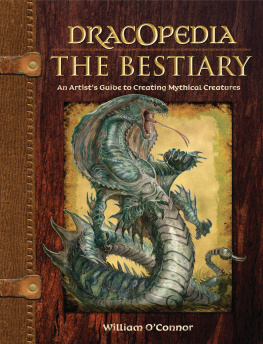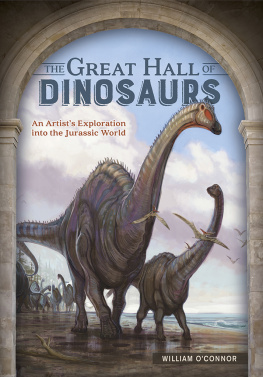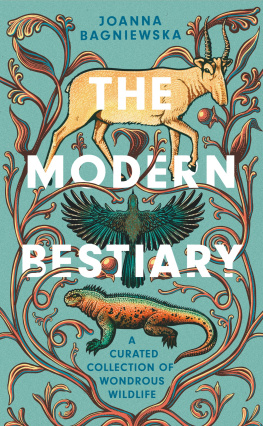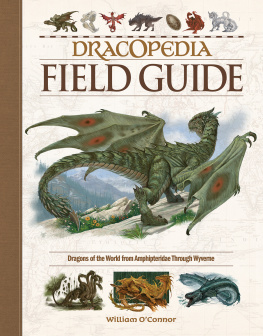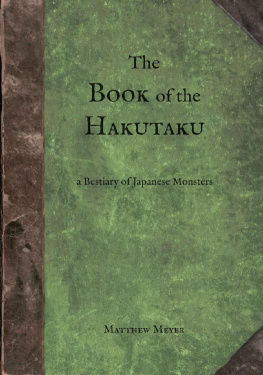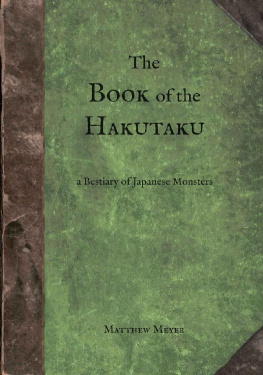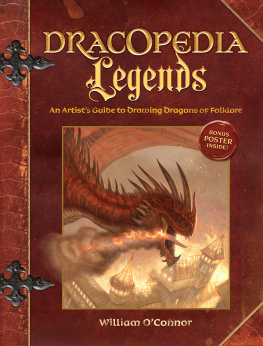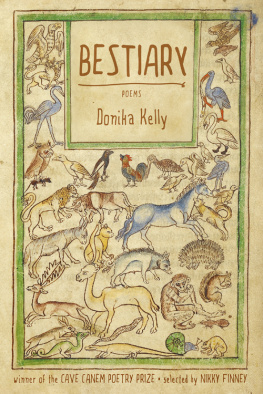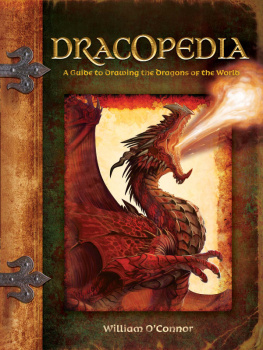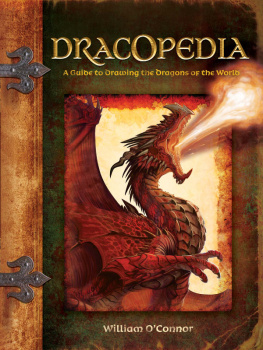William O’Connor - Dracopedia the Bestiary: An Artist’s Guide to Creating Mythical Creatures
Here you can read online William O’Connor - Dracopedia the Bestiary: An Artist’s Guide to Creating Mythical Creatures full text of the book (entire story) in english for free. Download pdf and epub, get meaning, cover and reviews about this ebook. year: 2013, publisher: IMPACT Books, genre: Art / Computer. Description of the work, (preface) as well as reviews are available. Best literature library LitArk.com created for fans of good reading and offers a wide selection of genres:
Romance novel
Science fiction
Adventure
Detective
Science
History
Home and family
Prose
Art
Politics
Computer
Non-fiction
Religion
Business
Children
Humor
Choose a favorite category and find really read worthwhile books. Enjoy immersion in the world of imagination, feel the emotions of the characters or learn something new for yourself, make an fascinating discovery.
- Book:Dracopedia the Bestiary: An Artist’s Guide to Creating Mythical Creatures
- Author:
- Publisher:IMPACT Books
- Genre:
- Year:2013
- Rating:4 / 5
- Favourites:Add to favourites
- Your mark:
Dracopedia the Bestiary: An Artist’s Guide to Creating Mythical Creatures: summary, description and annotation
We offer to read an annotation, description, summary or preface (depends on what the author of the book "Dracopedia the Bestiary: An Artist’s Guide to Creating Mythical Creatures" wrote himself). If you haven't found the necessary information about the book — write in the comments, we will try to find it.
For millennia historians, artists and scientists have chronicled their ideas and discoveries of mythological and magical monsters in encyclopedias known as bestiaries. From Asia to America, Japan to the jungles of South Africa, the vast menagerie of exotic and legendary creatures has populated the imaginations of all cultures for centuries.
Beautifully illustrated and fantastically detailed, Dracopedia: The Bestiary is a modern, but no less unsettling reimagining of the ancient version. It is an A-to-Z artists guide to animals of the legendary world. Some, like the griffin and yeti, may be familiar to you. Others--like the enigmatic questing beast and ferocious manticore--may seem new and strange. Some may even haunt your dreams. Inside the bestiary, you will find:
- Secrets of each animals evolution--origins, habitat, anatomy, diet and more.
- Fantastic illustrations created using pencil sketches and digital coloring.
- Four-stage demonstrations taking you from concept and design to under-painting and finishing details.
By drawing on the forms and features of more pedestrian animals, youll learn how to give shape to the bizarre creatures that roam the depths of your imagination, adding to the bestiary of the ages.
William O’Connor: author's other books
Who wrote Dracopedia the Bestiary: An Artist’s Guide to Creating Mythical Creatures? Find out the surname, the name of the author of the book and a list of all author's works by series.

